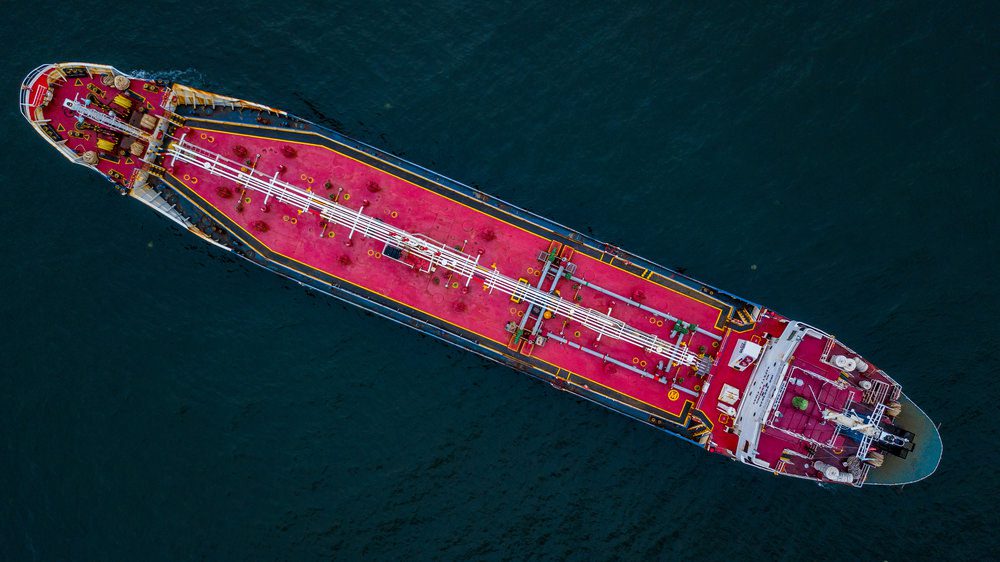What will Asia do with an oversupply of diesel and what does it mean for the tanker market or bunker rates?
By Elizabeth Low (Bloomberg) When the pandemic spread across Asia last year, oil traders sent an armada of tankers to haul excess diesel supplies out of the region. Now, as the delta variant of the coronavirus rips across the continent, the same thing could happen again.
The fuel’s discount in Singapore to the price in Europe recently touched its lowest level since April, data compiled by Bloomberg show. That provides an incentive to ship it from the Asian port westward, where it can fetch higher prices.
Asia has excess diesel to drain out of the region, with Europe being one of the likely destinations, according to Sandra Octavia, an analyst at Energy Aspects Flows could also go to the U.S. — where stockpiles are low — or to West Africa, she said.
Asian diesel margins remain relatively weak, despite lower exports from China, which are likely to continue in coming months, Octavia said. The lack of price reaction to such supply cuts is “really telling of how bearish the situation is,” she said.
The price difference between the fuel in Asia and Europe provides some insight into each region’s current state of recovery from the pandemic. Oil demand is picking up again in Europe, while Asia — fending off a recent surge in Covid infections due to the spread of the delta variant — has once again imposed restrictions on mobility, crimping fuel consumption.
Asia’s surplus of diesel is expected to remain high in August at about 600,000 barrels a day, though it may decline in the coming months, according to Sri Paravaikkarasu, Asia oil lead at Facts Global Energy. The consultancy has cut its regional oil demand expectation by 1.2 million barrels a day for August because of the delta variant.
European Demand
That fuel also needs somewhere to go, and much of it appears headed for Europe. Arrivals of middle distillates — typically diesel and jet fuel — to the continent from the region east of Egypt’s Suez Canal jumped to about 2.7 million tons in July, compared with around 1.8 million in June, tanker-tracking data compiled by Bloomberg show.
August is also looking strong, with imports from the Middle East — Asia’s main fuel supplier to Europe — poised to rise to a ten-month high. India’s exports of diesel-type fuel to European destinations this month are also set to increase more than five-fold from the level in July, according to cargo-tracking firm Vortexa Ltd. Traders are increasingly looking to ship diesel from Asia to Europe on large vessels, according to some involved in the market.
In Europe, demand for diesel-type fuel has been steadily increasing since spring and is estimated to be about 270,000 barrels a day short of the pre-Covid level this month, according to Hedi Grati, a director at IHS Markit. In the region’s oil-trading hub, diesel stocks held in independent storage are well below the five-year seasonal average and more storage has been coming available.
“We expect some strength in September and October,” Grati said of Europe’s diesel demand, with support coming from the trucking and industrial sectors that pick up after the summer holidays. In the very near term, “we might see a bit more going into Europe” from Asia, he said.
Maersk Tankers A/S expects more flows of diesel from Asia to Europe in the final three months of the year, seasonally driven by refinery maintenance and winter heating oil demand, said Per Heilmann, head of freight trading at the company.
The impact of the pandemic on air travel is also key: refiners have dealt with excess jet fuel by directing it into diesel production. All else being equal, fewer flights would almost certainly mean more diesel being made. Refinery run rates, which China has already reduced, will also be significant going forward.
Still, oil products demand in Asia is “not lot looking great,” said Energy Aspects’ Octavia. “There isn’t a lot of upside from here.”
By Elizabeth Low and Jack Wittels © 2021 Bloomberg L.P.

 Join The Club
Join The Club











